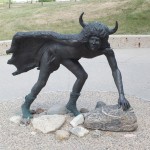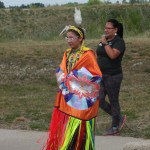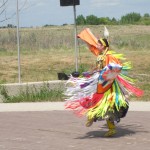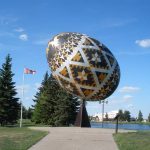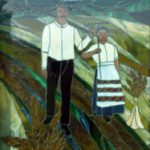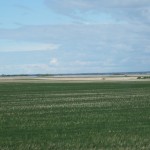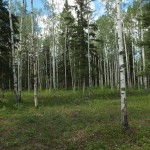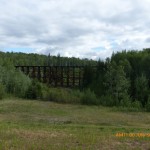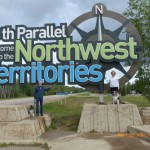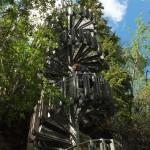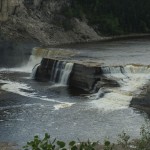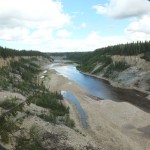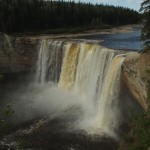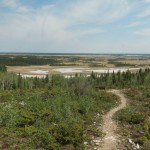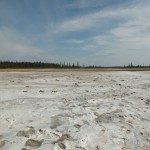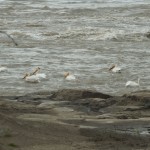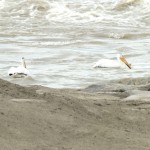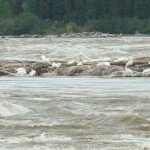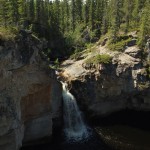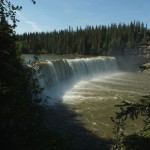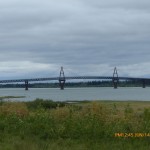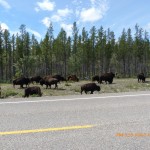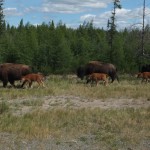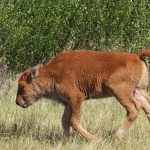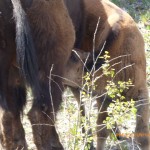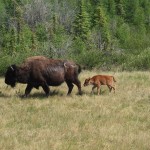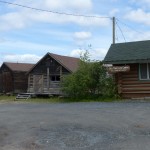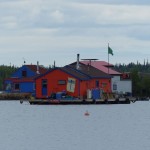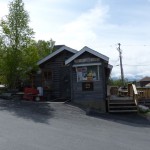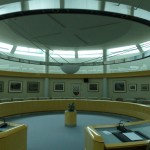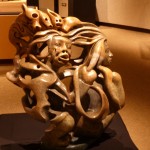6/5
6/5 While we were waiting around to get our Rogers hotspot we decided to go to the Wanuskewin Heritage Park ( Wanushewin is Cree, meaning “being at peace with oneself”) . This park, in the Opimihaw Creek valley, was used by the First Nation people of the Northern Plains for more than 6000 yrs as a meeting place, a shelter from harsh winter winds ( the valley is perhaps 100′ deep and 600 – 1000′ wide which created an exceptionally good wind shelter and walking along it gave us a feeling of comfort and safety), and a buffalo killing ground (the buffalo were stampeded off cliffs and fell to the valley floor). The park has been the site of the longest Canadian archaeological dig, led by Dr Ernie Walker since 1984. We talked with Dr. Walker, while he was supervising a dig by his students; he allowed us to handle several artifacts found earlier in the day. One, a 4000 yr old spear point was incredible – it was so delicate in appearance and yet quite robust; it beautifully showcased the precision and skill of the ancient craftsman.
